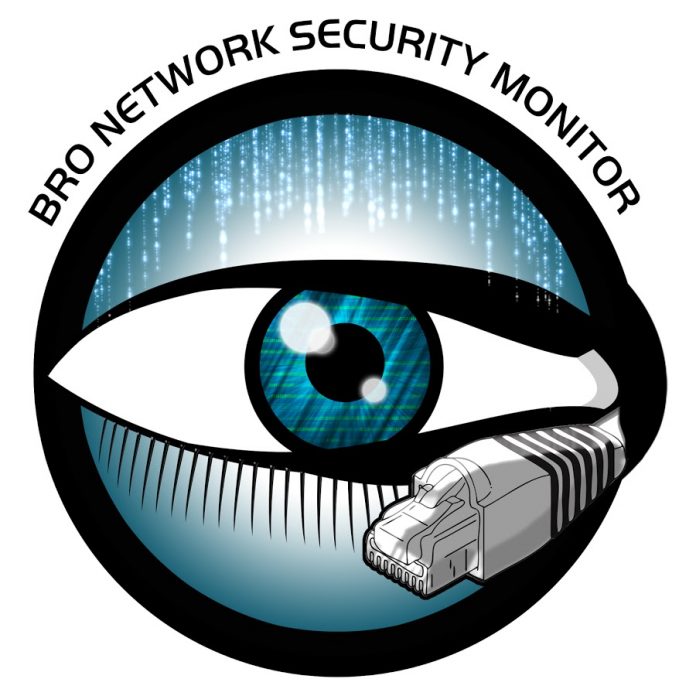Introduction: Bro Network Analysis Framework
Bro is an open source network analysis framework with a focus on network security monitoring. It is the result of 15 years of research, widely used by major universities, research labs, supercomputing centers and many open-science communities. It is developed mainly at the International Computer Science Institute, in Berkeley, and the National Center for Supercomputing Applications, in Urbana-Champaign.
Bro has various features, including the following:
- Bro’s scripting language enables site-specific monitoring policies
- Targeting of high-performance networks
- Analyzers for many protocols, enabling high-level semantic analysis at the application level
- It keeps extensive application-layer stats about the network it monitors.
- Bro interfaces with other applications for real-time exchange of information
- It comprehensively logs everything and provides a high-level archive of a network’s activity.
This tutorial explains how to build from source and install Bro on an Ubuntu 16.04 Server.
Prerequisites
Bro has many dependencies:
- Libpcap (http://www.tcpdump.org)
- OpenSSL libraries (http://www.openssl.org)
- BIND8 library
- Libz
- Bash (required for BroControl)
- Python 2.6+ (required for BroControl)
Building from source requires also:
- CMake 2.8+
- Make
- GCC 4.8+ or Clang 3.3+
- SWIG
- GNU Bison
- Flex
- Libpcap headers
- OpenSSL headers
- zlib headers
Getting Started
First of all, install all the required dependencies, by executing the following command:
# apt-get install cmake make gcc g++ flex bison libpcap-dev libssl-dev python-dev swig zlib1g-dev
Install GeoIP Database for IP Geolocation
Bro depends on GeoIP for address geolocation. Install both the IPv4 and IPv6 versions:
$ wget http://geolite.maxmind.com/download/geoip/database/GeoLiteCity.dat.gz $wget http://geolite.maxmind.com/download/geoip/database/GeoLiteCityv6-beta/GeoLiteCityv6.dat.gz
Decompress both archives:
$ gzip -d GeoLiteCity.dat.gz $ gzip -d GeoLiteCityv6.dat.gz
Move the decompressed files to
directory:
# mvGeoLiteCity.dat /usr/share/GeoIP/GeoIPCity.dat
# mv GeoLiteCityv6.dat /usr/share/GeoIP/GeoIPCityv6.dat
Now, it’s possible to build Bro from source.
Build Bro
The latest Bro development version can be obtained through
repositories. Execute the following command:
$ git clone --recursive git://git.bro.org/bro
Go to the cloned directory and simply build Bro with the following commands:
$ cd bro $ ./configure $ make
The make command will require some time to build everything. The exact amount of time, of course, depends on the server performances.
The
script can be executed with some argument to specify what dependencies you want build to, in particular the
options.
Install Bro
Inside the cloned
directory, execute:
# make install
The default installation path is
.
Configure Bro
Bro configuration files are located in the
directory. There are three files:
-
node.cfg
, used to configure which node (or nodes) to monitor.
-
broctl.cfg
, the BroControl configuration file.
-
networks.cgf
, containing a list of networks in CIDR notation.
Configure Mail Settings
Open the
configuration file:
# $EDITOR /usr/local/bro/etc/broctl.cfg
Look for the Mail Options section, and edit the
line as follow:
# Recipient address for emails sent out by Bro and BroControl MailTo = admin@example.com
Save and close. There are many other options, but in most cases the defaults are good enough.
Choose Nodes To Monitor
Out of the box, Bro is configured to operate in the standalone mode. In this tutorial we are doing a standalone installation, so it’s not necessary to change very much. However, look at the
configuration file:
# $EDITOR /usr/local/bro/etc/node.cfg
In the
section, you should see something like this:
[bro]
type=standalone
host=localhost
interface=eth0
Make sure that the interface matches the public interface of the Ubuntu 16.04 server.
Save and exit.
Configure Node’s Networks
The last file to edit is
. Open it with a text editor:
# $EDITOR /usr/local/bro/etc/networks.cfg
By default, you should see the following content:
# List of local networks in CIDR notation, optionally followed by a # descriptive tag. # For example, "10.0.0.0/8" or "fe80::/64" are valid prefixes. 10.0.0.0/8 Private IP space 172.16.0.0/12 Private IP space 192.168.0.0/16 Private IP space
Delete the three entries (which are just example for how to use this file), and enter the public and private IP space of your server, in the format:
X.X.X.X/X Public IP space X.X.X.X/X Private IP space
Save and exit.
Manage Bro Installation with BroControl
Managing Bro requires using BroControl, which comes in form of an interactive shell and a command line tool. Start the shell with:
# /usr/local/bro/bin/broctl
To use as a command line tool, just pass an argument to the previous command, for example:
# /usr/local/bro/bin/broctl status
This will check Bro’s status, by showing output like:
Name Type Host Status Pid Started bro standalone localhost running 6807 20 Jul 12:30:50
Conclusion
This concludes the Bro’s installation tutorial. We used the source based installation because it is the most efficient way to obtain the latest version available, however this network analysis framework can also be downloaded in pre-built binary format.
See you next time!





